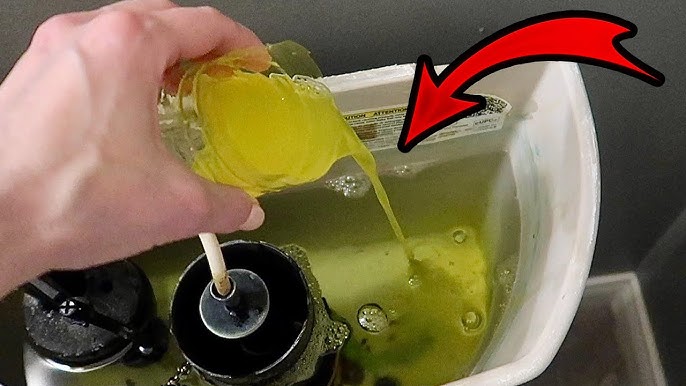Dog training can be challenging and confusing. Many methods exist, but some secrets are tightly held.
Ever wondered why some dog trainers get results so quickly? There is one trick they often keep to themselves. This trick can transform your training sessions and deepen your bond with your furry friend. In this post, we’ll explore this well-kept secret.
You’ll understand why it’s so effective and how you can apply it at home. Get ready to unlock a new level of communication with your dog. Let’s dive in and discover the trick dog trainers don’t want you to know.

Secret To Successful Dog Training
Some believe dog training is hard. It’s not. The secret? Consistency. Simple, right? Consistency helps dogs learn faster. Rewards and praise work best. No need for harsh methods. Dogs respond well to kindness. Be patient. Keep sessions short and fun. Both you and your dog will enjoy it.
Meet Max. Max was a stubborn dog. His owner used consistency. Max learned sit, stay, and come. All within a few weeks. Another example is Bella. Bella was shy. Her owner used treats and praise. Bella became confident. She now loves to play and learn.
Understanding Your Dog’s Mind
Dogs think differently than humans. They respond to consistent routines. This helps them feel safe and calm. Dogs need clear boundaries and rules. They enjoy knowing what to expect each day.
Training works better with positive reinforcement. Reward good behavior with treats and praise. Avoid harsh punishments. This can cause fear and confusion. A happy dog learns faster.
Dogs have unique behavioral patterns. Some dogs are more energetic. Others may be more relaxed. Observation helps in understanding these patterns.
Pay attention to their body language. A wagging tail can mean excitement. Growling may indicate fear or aggression. Knowing these signs helps in better communication.
Positive Reinforcement
Dogs love rewards. Give treats or praise when they do well. This makes them happy. They learn faster this way. Training becomes fun for both.
Rewards can be treats, toys, or even a belly rub. Mix it up. Keep your dog excited. Positive reinforcement builds trust. Your dog will obey more. They will feel loved and secure.
Train your dog daily. Same time, same place. This builds a routine. Dogs thrive on routine. They know what to expect. They feel safe.
Use the same commands every time. No confusion. Stay calm and patient. Dogs can sense stress. Keep training sessions short. Better results this way.

Common Training Mistakes
Punishing your dog can make things worse. Dogs may become scared. Fearful dogs do not learn well. Positive reinforcement works better. Reward good behavior with treats. Praise your dog often. This builds trust and confidence. Dogs want to please you. Training becomes fun for both. Avoid yelling or hitting. It creates confusion and fear. Your dog might not understand why they are punished.
Clear commands help dogs learn. Use simple words like “sit” or “stay”. Be consistent with your words. Confusing commands confuse dogs. Always use the same tone. Dogs understand tone better than words. Speak calmly and firmly. Body language matters too. Show what you mean with actions. Dogs watch your body closely. They learn from your movements. Be patient and kind. Training takes time.
Creating A Training Schedule
A good training schedule helps dogs learn faster. Keep training sessions short but frequent. 15 minutes of training a few times a day works well. Morning sessions can be for basic commands. Afternoon sessions could focus on fun tricks. Evening sessions may include calm training like staying still.
Every dog is different. Notice how your dog responds to training. Some dogs learn quickly. Others need more time. Adjust the training schedule based on your dog’s progress. If your dog seems tired, give them a break. Keep training positive and fun for best results.
Essential Training Tools
Dog training needs the right tools. A good leash is important. It helps control your dog. A collar or harness adds safety. Treats are key for rewards. A treat pouch keeps them handy. Toys can make training fun. Clickers are useful for marking good behavior. These items make training easier.
No budget for fancy gear? No problem. Use a rope as a leash. Old belts can work as collars. Homemade treats are great. Cook simple meat bits. Make a treat pouch from fabric scraps. Use old socks as toys. A jar lid can be a clicker. DIY tools can still be effective.
Socialization Techniques
Start by visiting a quiet park. Let your dog sniff around. Reward calm behavior with treats. Gradually increase the activity level. Move to busier parks or streets. Expose your dog to different sounds and sights. Keep sessions short. Praise your dog for staying calm. Repeat visits to build confidence. Consistency is key for success.
Begin with friendly dogs. Supervised playdates are good. Allow dogs to sniff each other. Watch for signs of stress. Separate if necessary and try again later. Slowly increase interactions. Reward positive behavior with treats. Let them play off-leash in safe areas. Positive experiences build good habits. Social dogs are happy dogs.
Maintaining Progress
Keeping track of your dog’s progress is key. Write down each day’s training. Note the good and bad moments. This helps see patterns and improvements. Use a journal or app. Make sure to be consistent. Consistency is vital for success. Celebrate small wins. Small wins lead to bigger wins.
Every dog faces setbacks. It’s normal. Stay patient. Don’t get frustrated. Take a step back if needed. Reinforce basics again. Basics are the foundation. Reward your dog for small steps forward. Stay positive. Your dog feels your mood. Never punish for mistakes. Punishment can cause fear. Instead, redirect and reward.

Conclusion
Dog training can be simple with the right trick. Try this method and notice the change. Your dog will respond better. Consistency is key. Be patient and kind. Happy training!
